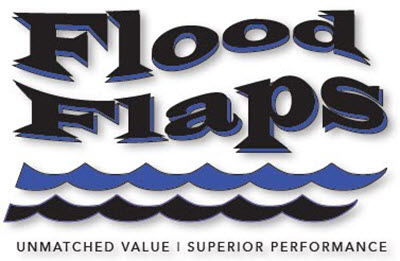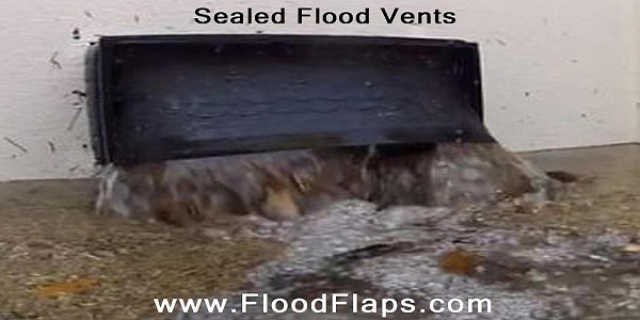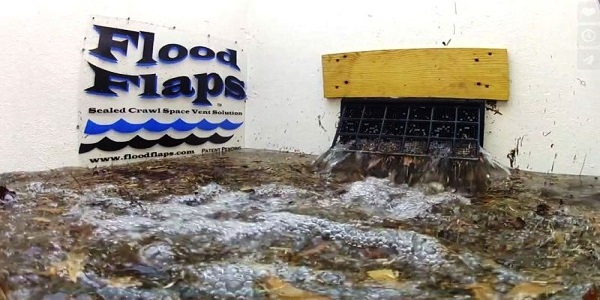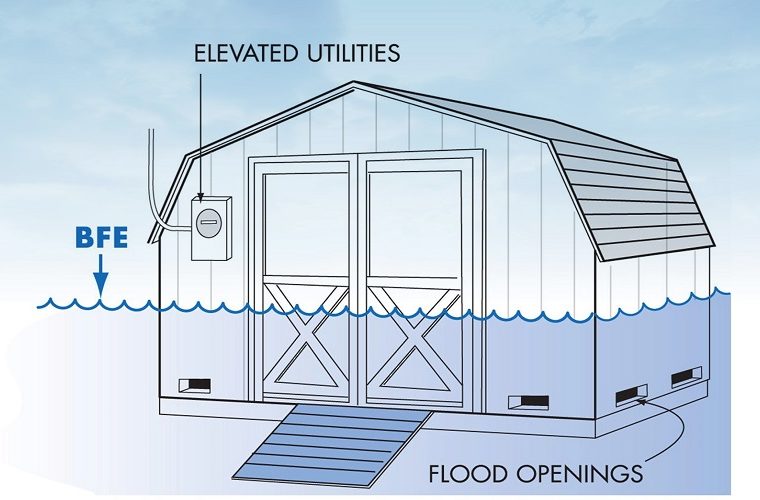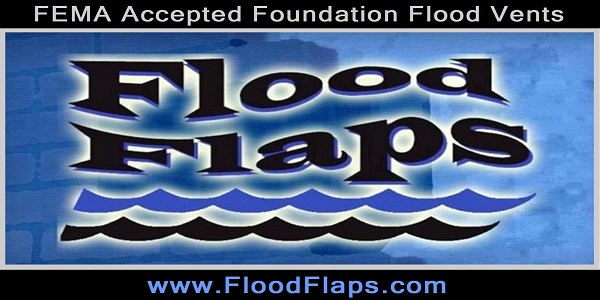Flooding Definitions for Property Owners…
Flood protection elevation:
The elevation you choose to protect your home against the flood hazard. Although it is feasible for you to have a flood protection elevation less than the DFE, protecting your home to at least the DFE is recommended.
Design flood elevation (DFE)
The elevation of the design flood relative to the datum specified on the community’s FIRM or flood hazard map. The design flood is the greater of the following two flood events: (1) the base flood, affecting those areas identified as special flood hazard areas on the community’s FIRM; or (2) the flood corresponding to the area designated as a flood hazard area on a community’s flood hazard map or otherwise legally designated. The I-Codes, ASCE 7, and ASCE 24 use the term DFE. In many communities, the DFE is identical to the BFE. Communities may designate a design flood (or DFE) in order to regulate based on a flood of record, to account for future increases in flood levels based on upland development, or to incorporate freeboard.
Base flood elevation (BFE)
The elevation of the base flood relative to the datum specified on a com- munity’s FIRM. The base flood has a 1 percent chance of being equaled or exceeded in any given year. BFEs are shown on FIRMs for many SFHAs. Relative to NFIP requirements, the BFE is the minimum elevation to which the lowest floor of a building must be elevated or floodproofed (Zone A). In Zone V, the bottom of the lowest horizontal structural member must be elevated to or above the BFE; floodproofing is not permitted in Zone V. Many SFHAs are shown on FIRMs without BFEs; in these areas, community officials and permit applicants are required to obtain and use information from other sources, or must estimate or develop BFEs at specific locations.
Freeboard
An added margin of safety, expressed in feet above a specific flood elevation, usually the BFE. In States and communities that require freeboard, buildings are required to be elevated or flood- proofed to the higher elevation. For example, if a community adopts a 2-foot freeboard, buildings are required to be elevated or floodproofed to 2 feet above the BFE.
The lowest adjacent grade is the lowest ground surface that touches any of the exterior walls of your home. Rearranging or relocating utility systems, moving large appliances, and making it easier to clean up after floodwaters recede. Wet floodproofing a finished basement would involve the removal of all non-flood damage-resistant materi- als and replacing finish materials with flood damage-resistant materials. As a result, wet floodproofing costs for finished basements would be higher and would vary, depending on the amount of finish material to be removed or replaced.
Contact Flood Flaps today at 843-881-0190 or [email protected] to find out how our flood vents can help reduce your flood insurance premiums, and protect your home from flood damage.
